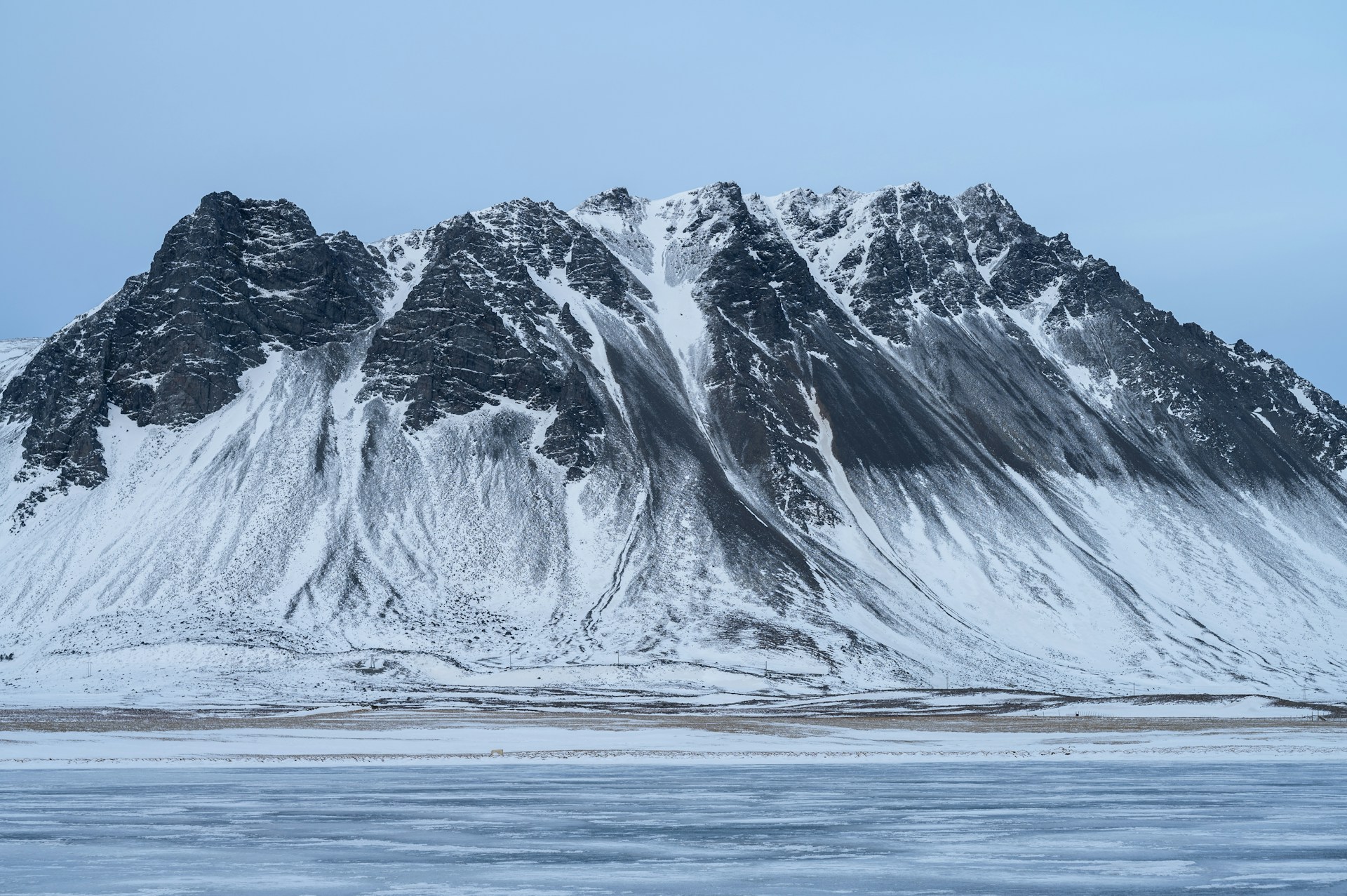
This article is included in these additional categories:
Recent research led by the Alfred Wegener Institute offers a fresh perspective on permafrost thawing. Instead of seeing it as a single global tipping point, the study, published in Nature Climate Change, reveals that permafrost thaws through many local and regional tipping points, each triggering at different times and adding up in intensity. This nuanced view could reshape how we approach climate change mitigation.
Permafrost, which covers approximately one-quarter of the Northern Hemisphere’s landmass, stores vast amounts of organic carbon. When permafrost remains frozen, this carbon stays trapped, but thawing releases carbon dioxide and methane, exacerbating global warming. Despite common perceptions of permafrost as a “ticking carbon timebomb,” this study shows that the thawing process is more gradual and varied, emphasizing the importance of localized monitoring and intervention.
The Role of Localized Feedback Mechanisms
The study highlights various local and regional factors that contribute to permafrost thawing. For example, when meltwater pools to form thermokarst lakes, these lakes absorb more sunlight, speeding up the thawing of nearby permafrost. Additionally, events like forest fires that destroy boreal conifer forests create feedback loops that further intensify thawing in specific areas. This shows how permafrost thawing is driven by localized processes rather than one uniform global event.
Despite these processes, the researchers found no evidence of a global tipping point where all permafrost would suddenly and irreversibly thaw. Instead, these local feedback mechanisms contribute to a progressive increase in thawing, which will intensify with rising global temperatures. Consequently, while the projected release of greenhouse gases from thawing permafrost is significant, it is unlikely to cause a sudden global surge in warming by the end of the century.
Implications for Climate Change Mitigation
Because the permafrost zone is so varied, many small tipping points will be reached at different times and temperature increases, meaning we need to improve our monitoring and modeling of permafrost regions to better understand and predict these changes. Maintaining net-zero emissions is essential to protect these areas as critical carbon stores and unique ecosystems.
As global temperatures rise, more regions will be affected by permafrost thawing, emphasizing the importance of immediate and decisive action. The research highlights that there is no safety margin in terms of global warming, and the gradual nature of permafrost thawing requires a proactive approach to mitigate its impacts. Enhanced understanding and monitoring of permafrost dynamics will help reduce uncertainties and guide effective climate policies.
- SEO Powered Content & PR Distribution. Get Amplified Today.
- PlatoData.Network Vertical Generative Ai. Empower Yourself. Access Here.
- PlatoAiStream. Web3 Intelligence. Knowledge Amplified. Access Here.
- PlatoESG. Carbon, CleanTech, Energy, Environment, Solar, Waste Management. Access Here.
- PlatoHealth. Biotech and Clinical Trials Intelligence. Access Here.
- Source: https://www.environmentenergyleader.com/2024/06/permafrost-thaw-is-complex-but-localized/
